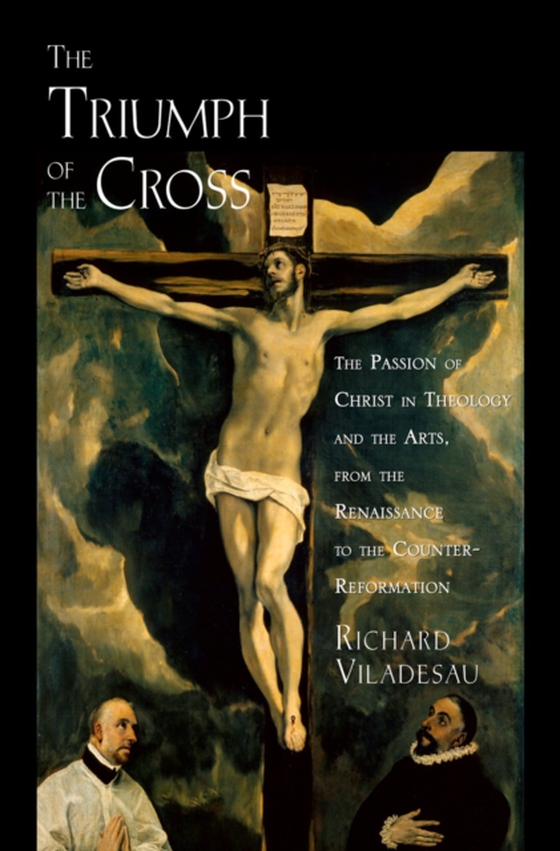
Triumph of the Cross e-bog
774,44 DKK
(ekskl. moms 619,55 DKK)
This is a sequel to Richard Viladesau's well-received study, The Beauty of the Cross: The Passion of Christ in Theology and the Arts from the Catacombs to the Eve of the Renaissance. It continues his project of presenting theological history by using art as both an independent religious or theological "e;text"e; and as a means of understanding the cultural context for academic theology....
E-bog
774,44 DKK
Forlag
Oxford University Press
Udgivet
22 april 2008
Genrer
ACN
Sprog
English
Format
pdf
Beskyttelse
LCP
ISBN
9780199714773
This is a sequel to Richard Viladesau's well-received study, The Beauty of the Cross: The Passion of Christ in Theology and the Arts from the Catacombs to the Eve of the Renaissance. It continues his project of presenting theological history by using art as both an independent religious or theological "e;text"e; and as a means of understanding the cultural context for academic theology. Viladesau argues that art and symbolism function as alternative strands of theological expression sometimes parallel to, sometimes interwoven with, and sometimes in tension with formal theological reflection on the meaning of crucifixion and its role in salvation history. This book examines the two great revolutionary movements that gave birth to the modern West: the Renaissance and the Protestant Reformation. This period was eventful for both theology and art, and thus particularly fruitful for Viladesau's project. Using individual works of art, over sixty of which are reproduced in this book, to epitomize particular artistic and theological models, he explores the contours of each paradigm through the works of representative theologians as well as liturgical, poetic, artistic, and musical sources. To name a few examples, the theologies of Savonarola, Luther, Calvin, and the Council of Trent, are examined in correlation to the new situation of art in the era of Fra Angelico, Leonardo, Michelangelo, Drer, Cranach, and the Mannerists. In this book, Viladesau continues to deepen our understanding of the foremost symbol of Christianity.
 Dansk
Dansk

